What is E-Commerce anyways? E-commerce, or electronic commerce, refers to the buying and selling of goods and services through the Internet. It has revolutionized the way businesses operate and how consumers shop. By leveraging digital platforms, e-commerce provides a convenient and accessible way for customers to browse and purchase products from anywhere in the world.
Can E-Commerce Be Sustainable?
Several brands are integrating sustainability into their e-commerce models by focusing on eco-friendly practices, from packaging to product creation, and even offering second-hand options.
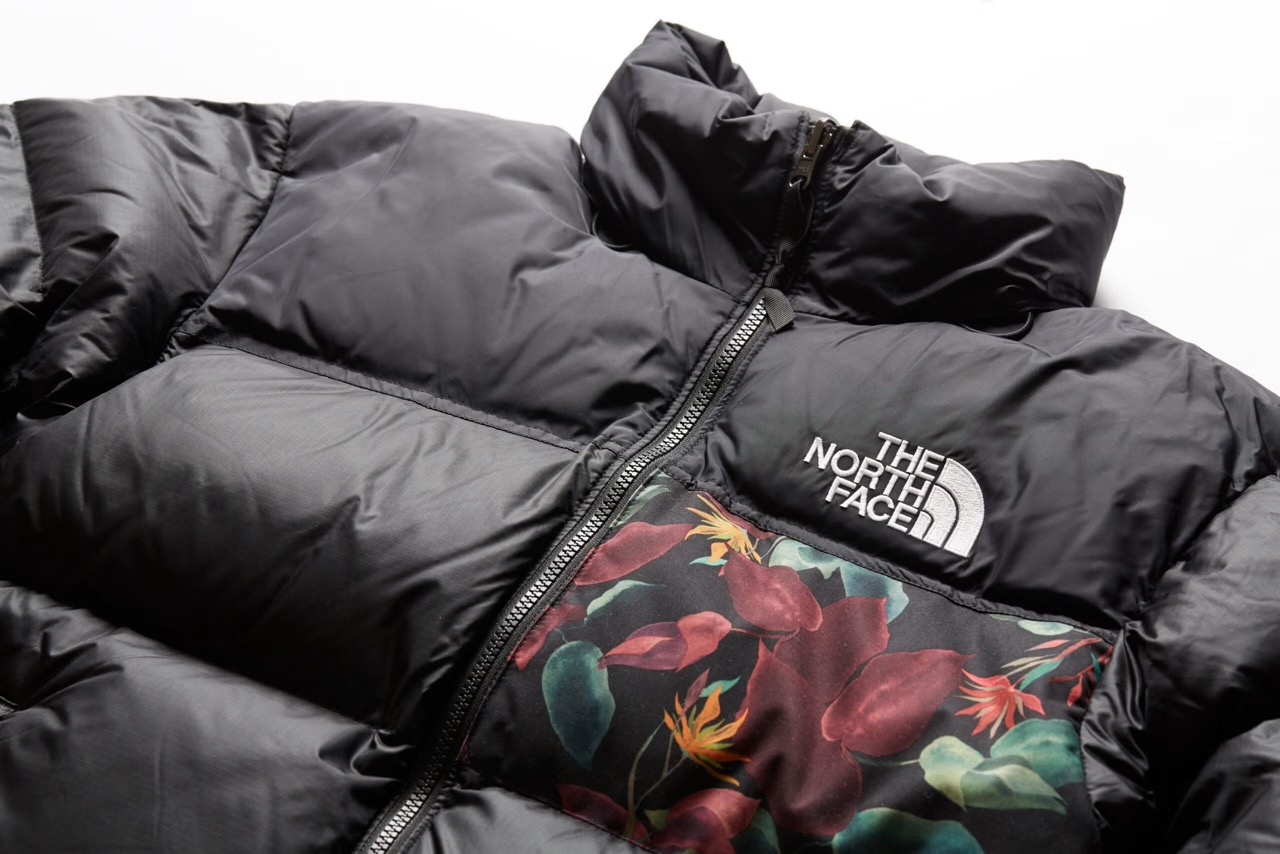 Image Source The North Face
Image Source The North Face
E-commerce can be beneficial for several business types, from high-end to sports gear. Brands like Patagonia, Karhu, and The North Face are making sustainability an easier, more accessible option for their customers through their pre-loved platforms.
As sustainability becomes increasingly important to consumers, brands are adapting by integrating eco-friendly practices into their e-commerce models, such as biodegradable packaging and eco-friendly shipping options, including carbon-neutral or zero-emission delivery methods. By incorporating circular economy principles and creating durable and high-quality products, brands are taking sustainability into their brand ethos.
E-commerce vs Recommerce
The term Recommerce (also known as reverse commerce) refers to the resale of used or refurbished products. It involves selling second-hand items, returned goods, or refurbished products instead of discarding them.
If we look at the main differences, we can say that the term e-commerce refers to the online buying and selling of NEW products through various platforms. This model prioritizes convenience, fast delivery, and a wide selection of goods.
Recommerce, on the other hand, focuses on reselling USED, REFURBISHED, or RETURNED products. Different platforms and brands promote sustainability in this way by extending the life cycle of products and reducing waste.
In summary, while e-commerce drives new product consumption, recommerce supports a circular economy by giving items a second life. Many brands now integrate both models into their business structures, such as Karhu, The North Face, and Patagonia.
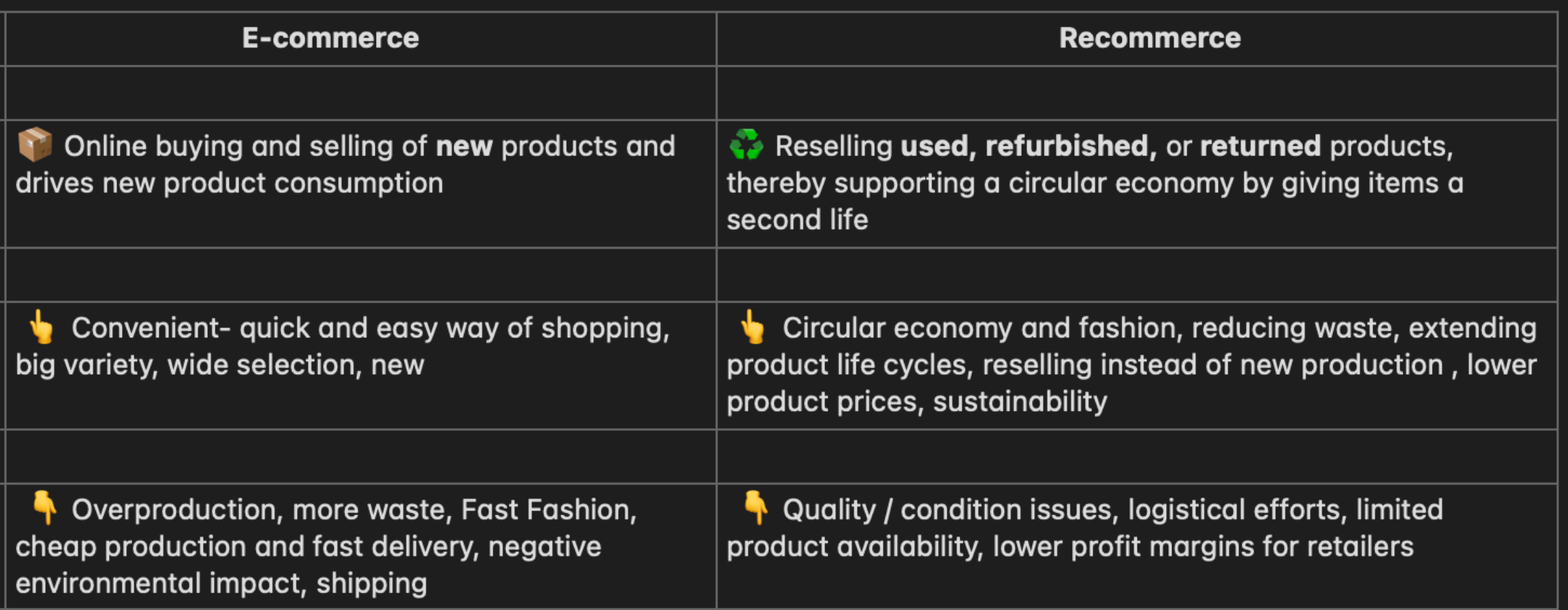 Image Source: Reflawn
Image Source: Reflawn
Can brands use a Sustainable E-commerce Approach?
Several brands are integrating sustainability into their business models by focusing on eco-friendly practices, from packaging to product creation, and even offering second-hand options. Here are some examples:
Karhu Renewed
Karhu Renewed is a platform for selling Karhu footwear models at a discounted price. By keeping dead stock and giving it the possibility of an extended life, Karhu is helping keep footwear industry waste out of landfills.
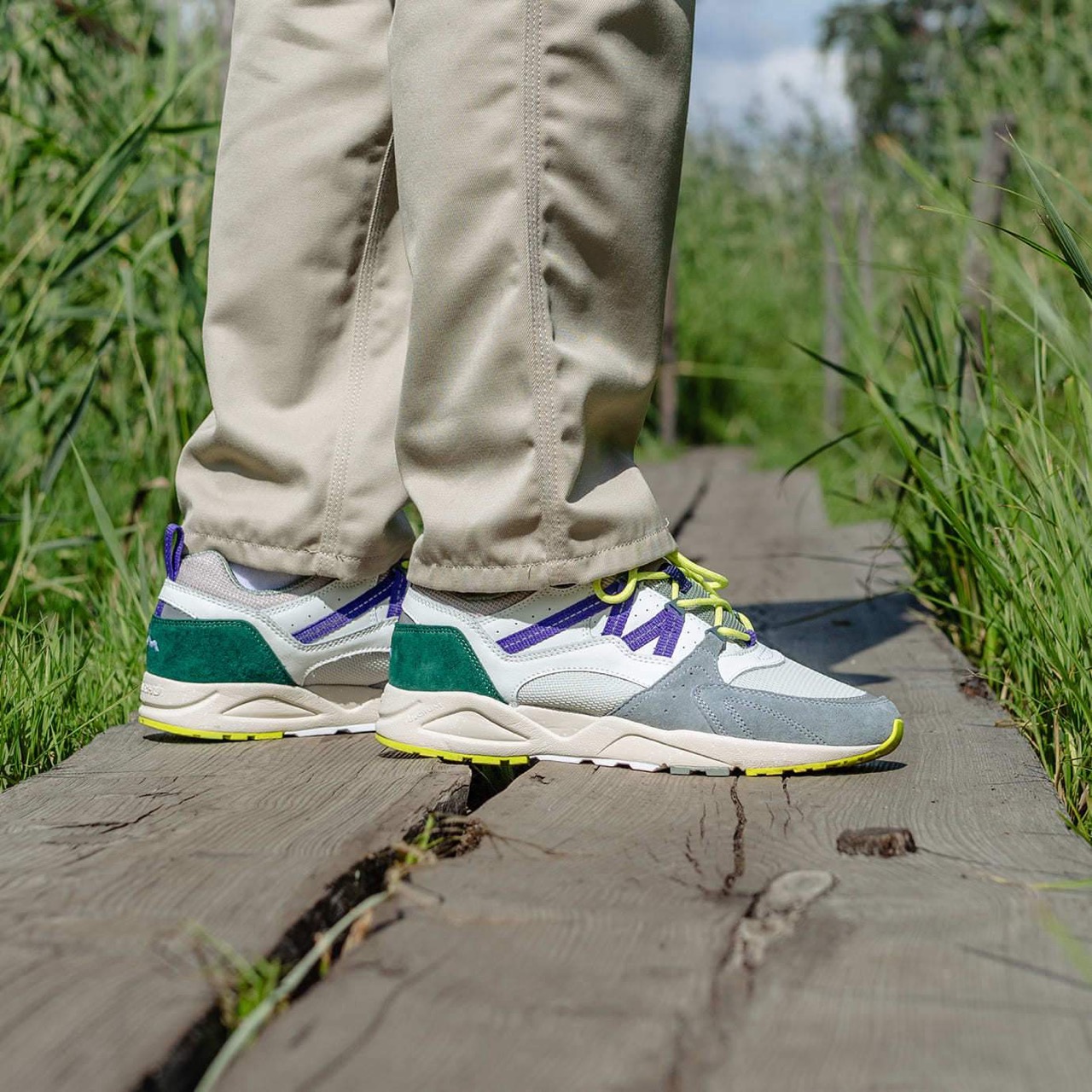 Image Source Kahru
Image Source Kahru
By repairing and restoring these shoes to near-new condition, Karhu reduces waste and extends the lifespan of its products, promoting a circular economy. Through Karhu Renewed, the brand reinforces its commitment to responsible consumption, proving that sustainable e-commerce can merge innovation with environmental responsibility.
The North Face
With nature at the core of its mission, The North Face has established four key commitments to sustainability: circularity, responsible materials, emissions reduction, and eco-friendly packaging.
 Image Source The North Face
Image Source The North Face
Through its Renewed program, The North Face repairs refurbishes, and resells pre-owned gear, giving outdoor apparel a second life and keeping it out of landfills. Additionally, the company aims to make 100% of its top materials—polyester, cotton, and nylon, recycled or responsibly sourced by 2025 for its apparel and by 2030 for footwear and equipment.
The North Face offers a Clothes the Loop program, where customers can send in their old gear for recycling in exchange for a discount on future purchases. This is a step toward reducing textile waste and promoting responsible consumption within the e-commerce space. The company also prioritizes sustainable shipping by minimizing the use of single-use plastics in their packaging.
Patagonia
Patagonia has long been at the forefront of sustainability, pioneering initiatives that promote circular fashion and responsible consumption. Through its Worn Wear program, the brand extends the lifespan of its products by repairing, refurbishing, and reselling pre-loved Patagonia gear, keeping high-quality apparel in circulation and out of landfills.
Patagonia has committed to using 100% recycled, organic, and responsibly sourced materials in its products, significantly reducing its environmental impact.
 Image Source Patagonia
Image Source Patagonia
The company also advocates for environmental activism through its 1% for the Planet initiative, donating a portion of sales to grassroots organizations working to protect the planet. Furthering its dedication to circularity, Patagonia has introduced recycling and take-back programs, ensuring old gear can be repurposed into new products rather than discarded.
 Image Source Patagonia
Image Source Patagonia
With these efforts, Patagonia continues to redefine the outdoor apparel industry, proving that business can be a force for good while encouraging consumers to buy less and choose to protect nature.
Carhartt Reworked
In 2023, Carhartt reinforced its dedication to sustainability with Carhartt Reworked, a resale program launched in partnership with Trove. This initiative extends the life of rugged Carhartt gear by refurbishing and reselling pre-worn or slightly imperfect items, keeping them in use and out of landfills.
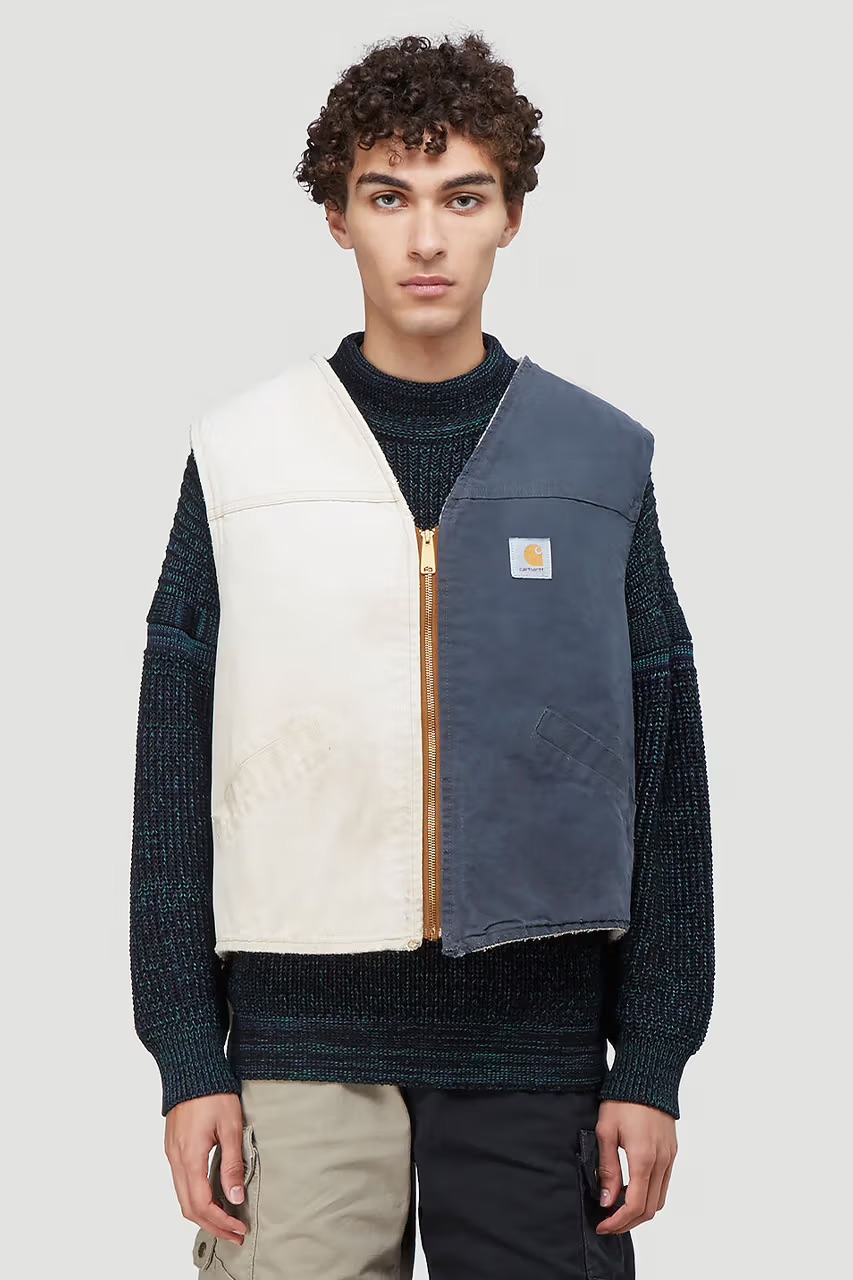
Image Source Carhartt Reworked 2020 Collection
Alongside this, the Carhartt Repair program helps customers mend worn garments, ensuring durability remains a core value. Additionally, Carhartt participates in the Blue Jeans Go Green™ recycling program, giving old denim new life as insulation and thermal packaging. Through these efforts, Carhartt continues its legacy of hard work and responsibility, providing consumers with sustainable, long-lasting gear. Carhartt Reworked is currently only available in the United States.
An Opportunity for the Industry
These efforts present a major opportunity to reduce carbon emissions in one of the world’s most polluting industries, which accounts for up to 10% of global greenhouse gas emissions—more than the aviation and shipping industries combined, according to the United Nations. In response, some luxury brands, like Rolex, are launching their marketplaces for second-hand goods, while others are collaborating with digital resale platforms such as Vinted, De Pop and The RealReal to offer sustainable options for luxury items.
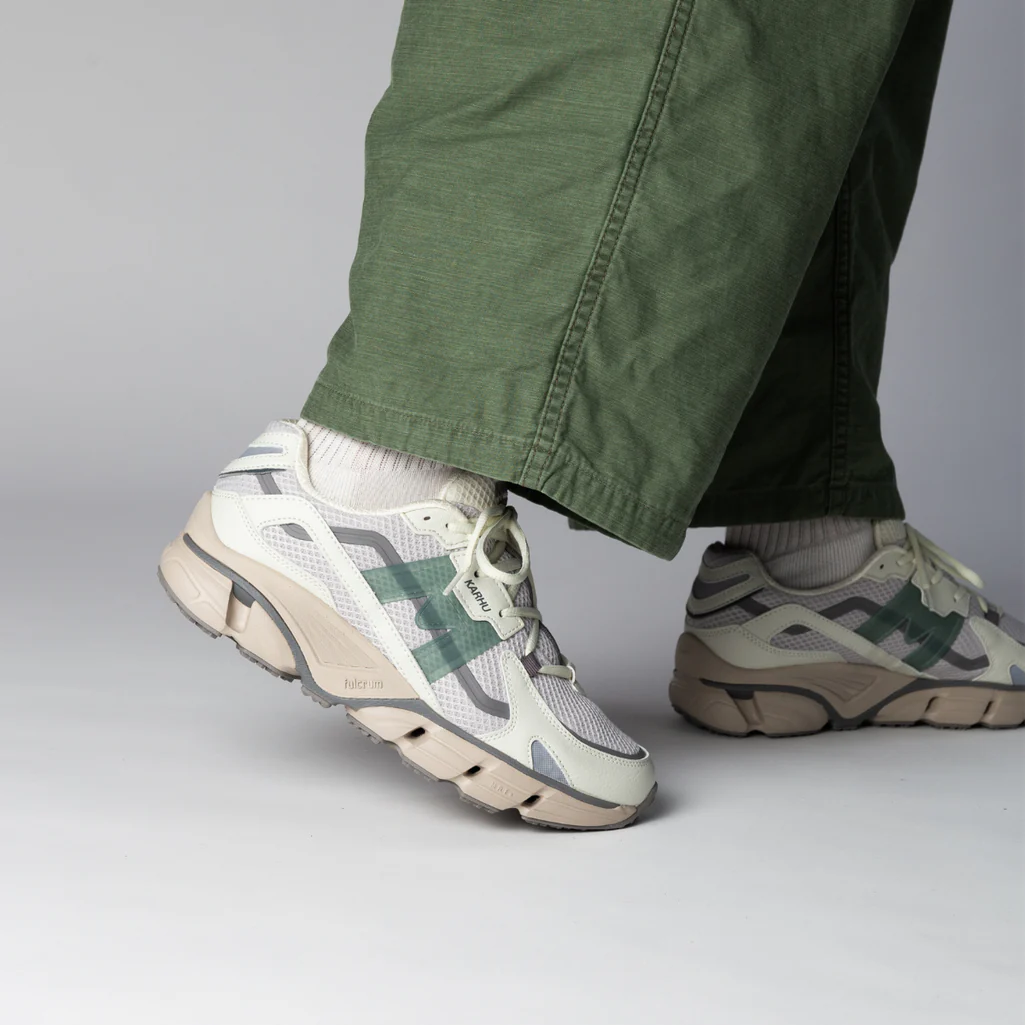 Image Source Kahru
Image Source Kahru
As digital commerce continues to shape the global retail landscape, integrating sustainability into e-commerce strategies is no longer an option but an opportunity. By investing in greener supply chains, circular business models, and responsible production methods, brands can drive positive environmental and social change while maintaining competitive advantage. Ultimately, sustainable e-commerce is a powerful tool for businesses to contribute to a more equitable and environmentally conscious future—one purchase at a time.
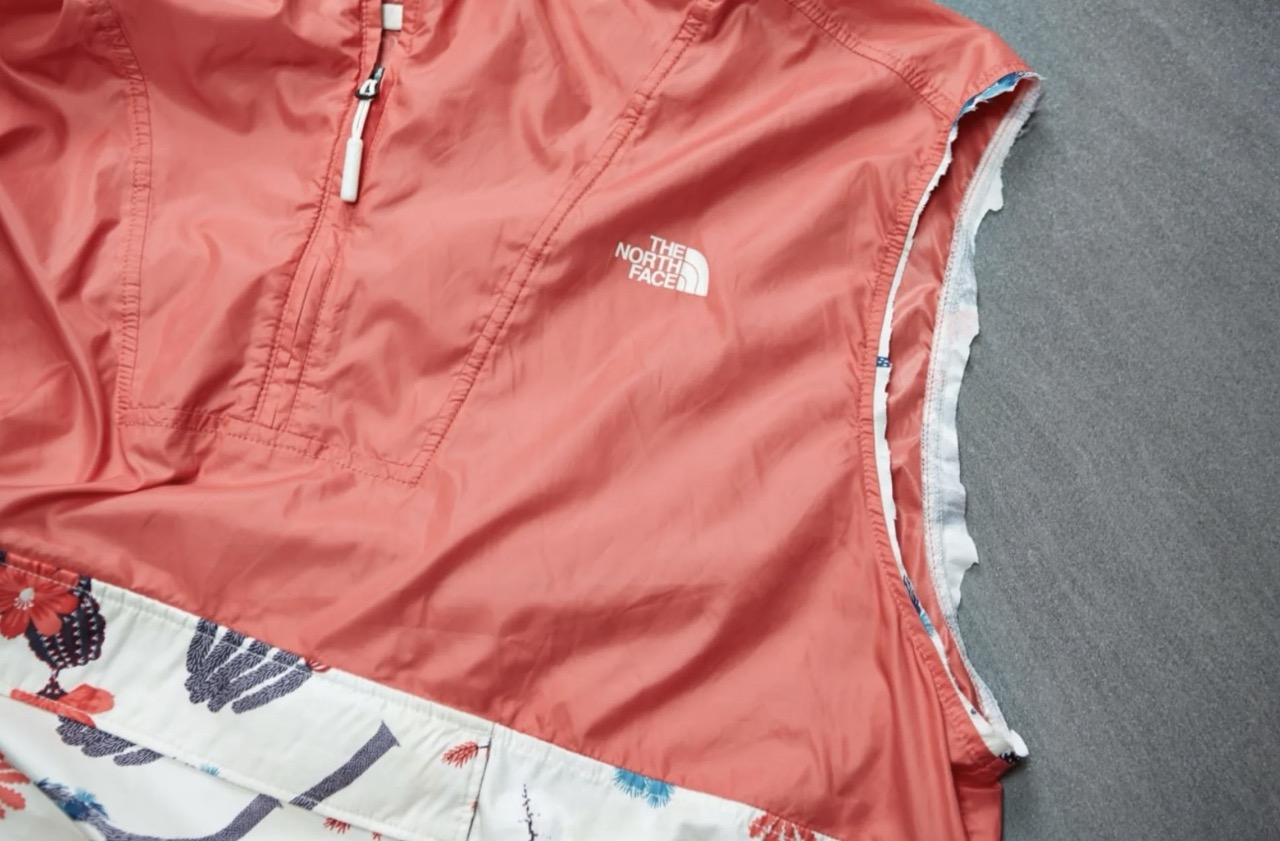 Image Source The North Face
Image Source The North Face
Patagonia, The North Face, Karhu, and Carhartt, for example, are demonstrating sustainability and profitability can complement each other, they are becoming an are an inspiration for the industry. Additionally, a lot of luxury brands embracing resale and recommerce platforms display that sustainability is not exclusive to outdoor apparel but can also transcend into high-end fashion.
What is e-commerce?
E-commerce, or electronic commerce, refers to the buying and selling of goods and services over the Internet. It allows businesses to operate digitally, providing customers with a convenient and accessible way to shop from anywhere in the world.
Can e-commerce be sustainable?
Yes and No, e-commerce can be sustainable by incorporating eco-friendly practices such as biodegradable packaging, carbon-neutral shipping, and second-hand resale platforms. Many brands are adopting circular economy principles to reduce waste and promote responsible consumption.
What is the difference between E-commerce vs Recommerce?
While e-commerce refers to the online buying and selling of new products and drives new product consumption, recommerce focuses on reselling used, refurbished, or returned products, thereby supporting a circular economy by giving items a second life.
How do resale and second-hand platforms contribute to sustainability?
Resale platforms extend the lifecycle of products, reducing the demand for new production and preventing items from ending up in landfills.








